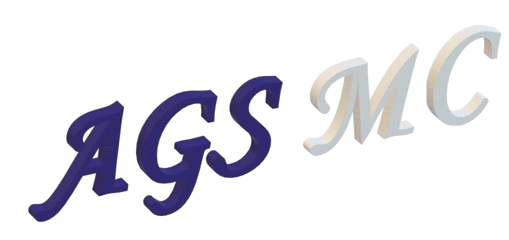Enterprise Service Management
Modern technologies and software that deliver instant access and answers to all aspects of consumer life have become pervasive. Employees expect a similar experience in their day-to-day business life, whether they engage with IT or any of the many other service providers in a company. This includes Human Resources (HR), Legal, Facilities, Education, Security, Sales, Marketing, R&D, and Finance departments.
As a consequence, businesses need to rethink their approach to providing employee workplace services. These back office services, for example onboarding a new employee, have been made – and often still are – only available through manual processes including phone calls, emails, or filling in spreadsheets.

Another characteristic of non-IT services is that enterprise services span multiple business functions and typically also include IT services. A service is a service, no matter whether it is an IT or a non-IT service, and as such the foundational ITSM concepts, principles and capabilities apply. A service, needs to be defined, created, rolled out, supported and improved.
When thinking about service management, the service desk or help desk immediately comes to mind. But this is only one element for an ESM strategy. Some other key capabilities, which are an opportunity for introducing Enterprise Service Management include the following :

- Self-Service Portal
- Easy access to knowledge
- Problem management
Although ITSM and ESM conceptually are the same, there are also differences. One difference comes from the fact that many ESM use cases depend on the support of multiple business functions and departments: The need for collaboration and the need for sharing supporting services between departments, not just the tools but more importantly the practices, processes, and workflows.
This provides an opportunity to apply ITIL 4 (IT Infrastructure Library) approaches to your ESM strategy, with “value co-creation” as one of the guiding objectives, and – with no surprise – the need for organizational change. IT can be the trusted advisor on the entire journey of digital transformation and taking the shared services concepts and their management into business functions.
Embracing enterprise service management is one way to become an Autonomous Digital Enterprise.
When choosing ESM tools to support your ESM implementation, look for features such as:
- Cloud-native, core ITSM capabilities that offer innovation (such as the integration of DevOps into your service management activities)
- Expanded support for non-IT use cases
- Service management intelligence, such as machine learning, change management optimization, and self-service tools and chatbots
- Mobile functionality
- Business workflows
Out-of-the-box best practices, codeless configurations and easy software maintenance require less people and effort to configure, run and update the software solution. We will help you choose the best solution to run your service desk the way you want, where you want – on-prem, SaaS or cloud with AWS, Microsoft Azure, and Google Cloud.
We will bring the value of service management to all areas of your business. Enterprise Service Management will make your service desk agents more productive, reduce your TCO and increase employee satisfaction.

